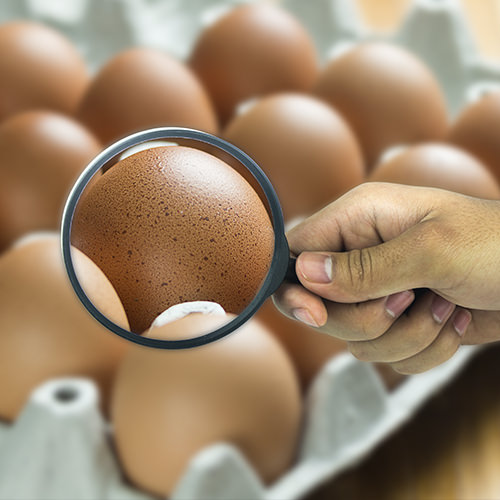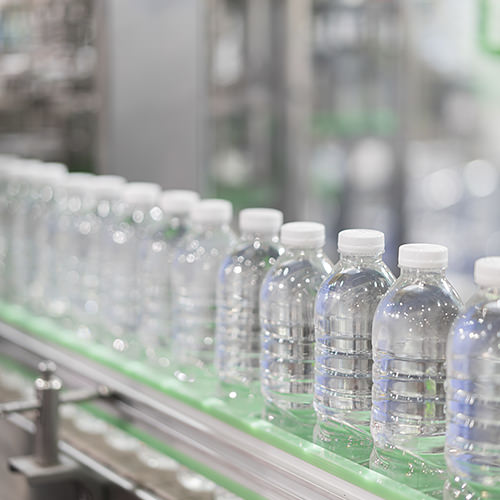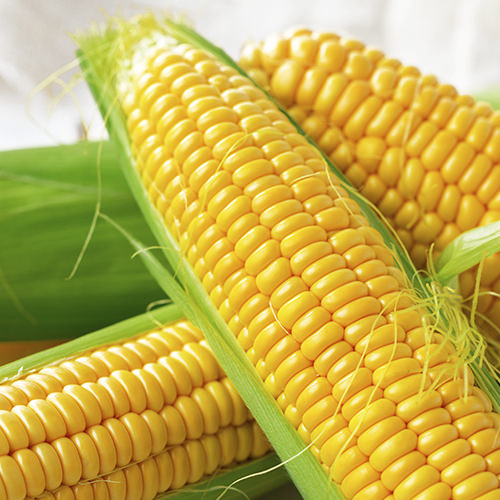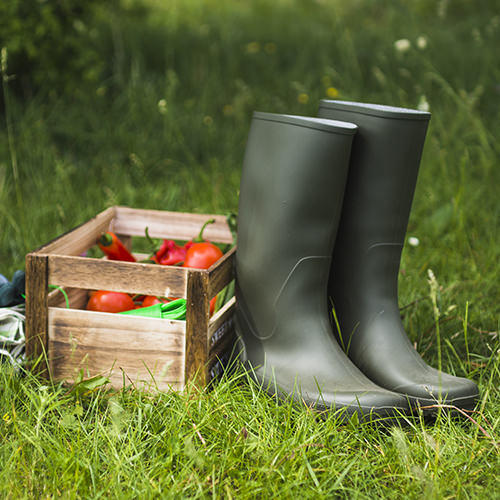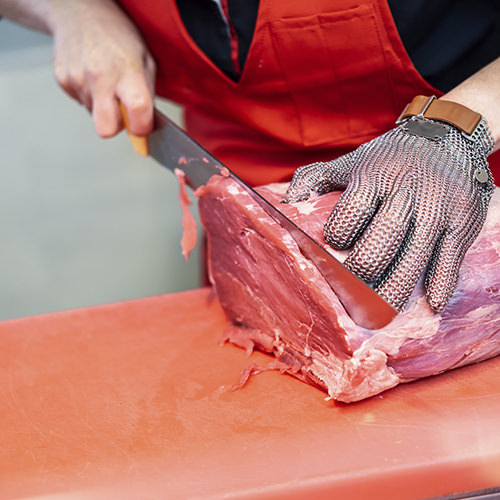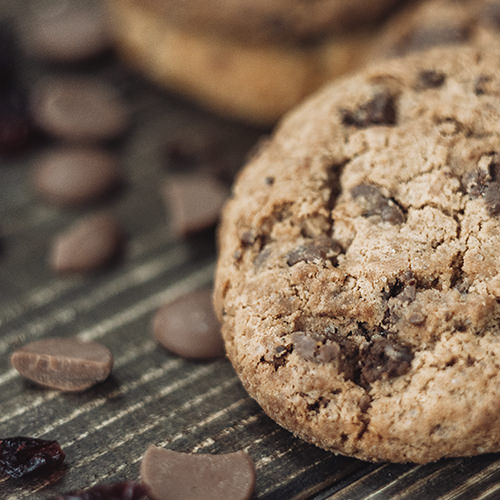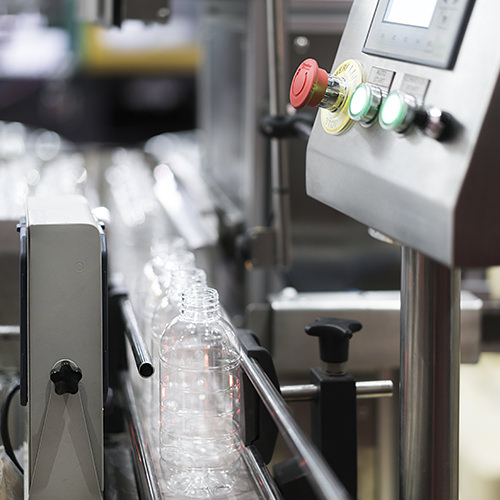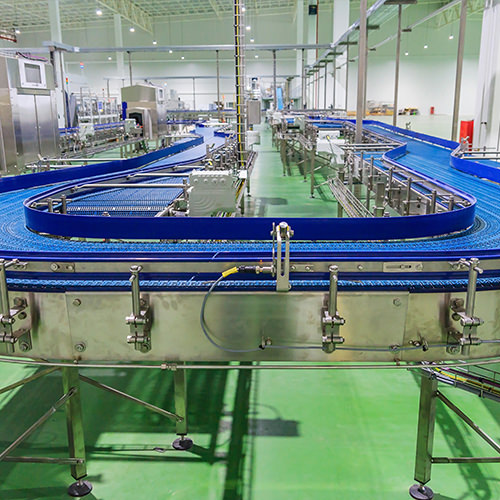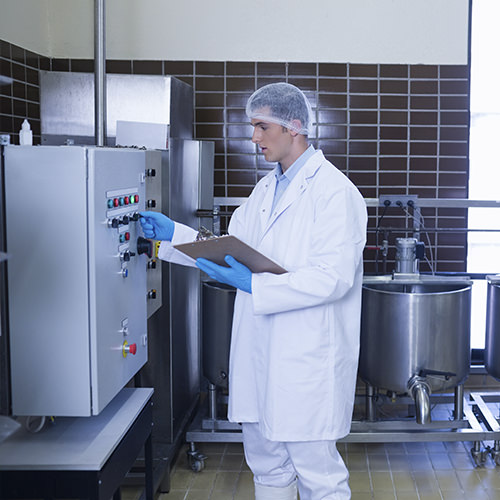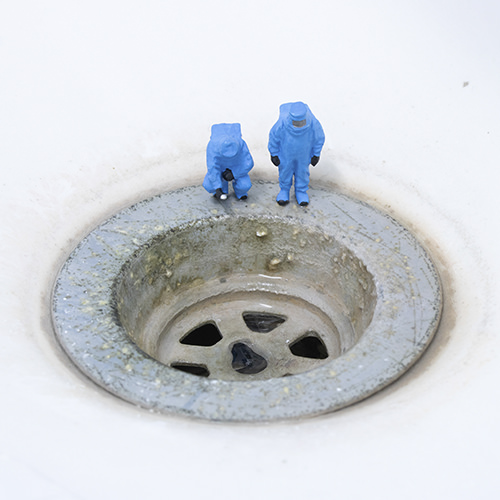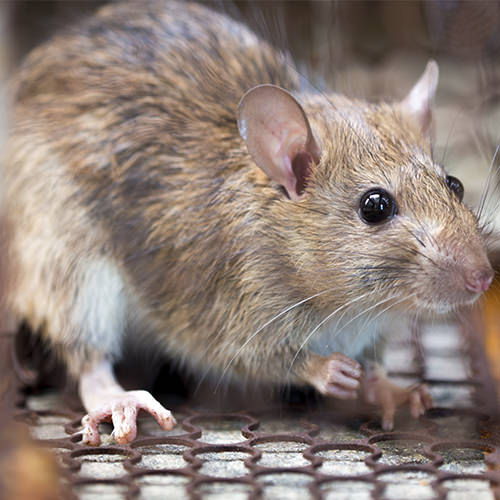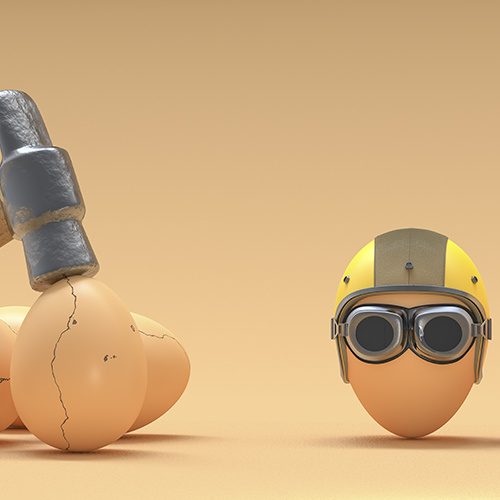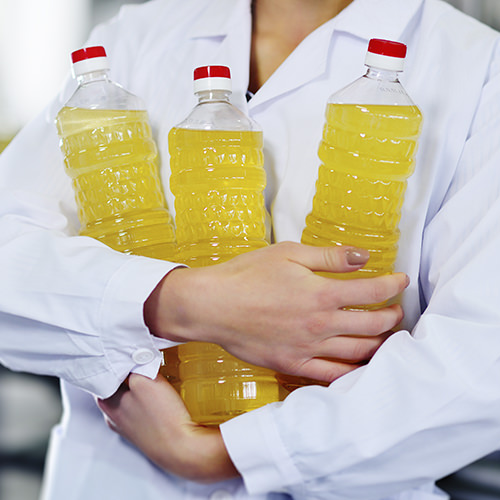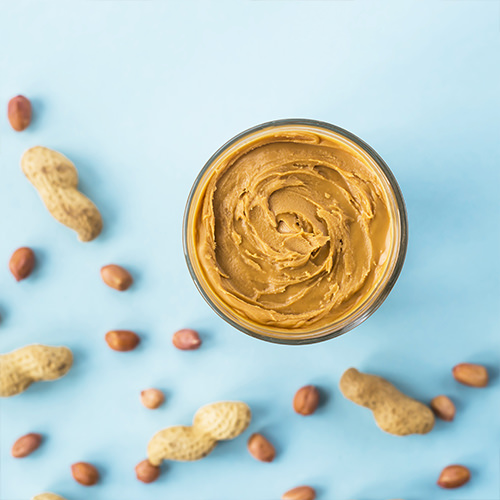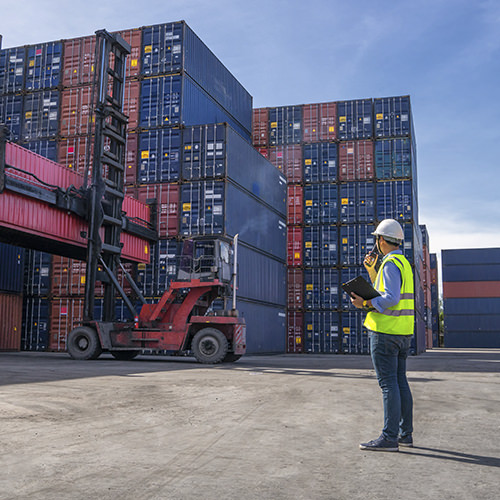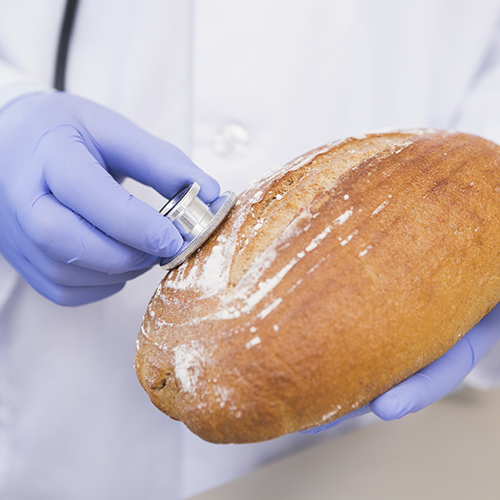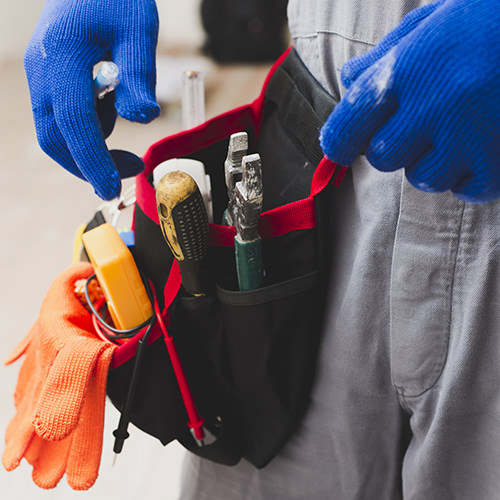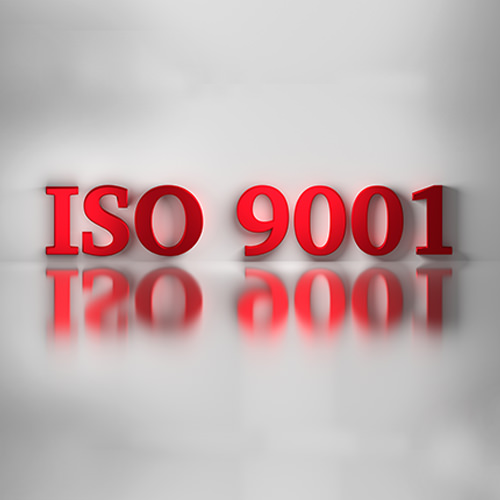Objective
Learn the main factors for the development and implementation of a cleaning and disinfection program, as well as the preparation of the validation protocol for cleaning with the purpose of mitigating microbiological and allergenic hazards, as well as its adaptation as a Preventive Control in the Safety Plan Food (HARPC).
Agenda
-Cleaning and Disinfection -Cleaning and Disinfection as a Preventive Control within a FSMA Food Safety Plan -Cleaning and Disinfection – Mexican legislation -Cleaning and disinfection and its relationship with microbiology and allergenic ingredients. -Basic Microbiology Concepts -Introduction to food microbiology -Foodborne diseases -Biocapas -Allergen Ingredients -Involvement of allergenic ingredients in cleaning -Incidents and recalls of product from the market
-Cleaning and Disinfection as a Prerequisite Program -Guidelines in the Codex Alimentarius -ISO / TS 22002-1 -Plant Cleaning and Disinfection Manual -6 universal steps for successful implementation -Operating Procedures and Cleaning Standards (SSOP’s) -Minimum guidelines in the construction of an SSOP and a Master Cleaning Plan -Cleaning Chemistry -5 Factors that affect cleanliness -Components of detergents in the food industry -Surfactants, Chelants / Disinfectants
-Plant Cleaning and Disinfection -SSOP’s – Plant Cleaning / Sanitation / Video -Cleaning methods -Manual – Wet -Semi automatic wet -Dry, COP, CIP, ACS -Practical session: The engineering area aims to buy a new line, however it is necessary to determine the cleaning method to be used according to certain conditions. -Concentrations of Disinfectant Solutions -FDA regulation -Guidelines for purchase and use -Concentration checks -Cleaning tools -Good practices on the use of cleaning utensils -Management and documented control
-Sanitary Equipment Design -Introduction on the factors that affect a cleaning validation -Basics for proper equipment sanitary design -Monitoring and Verification of the cleaning execution -Records, Responsibilities, Verification, Cleaning matrix, Pre-operational inspection, Corrections, Internal audits, Corrective actions, Improvements -Validation -Type of validation -Expectations of a validation -Validation Protocol -Validation Plan (Manual and Mechanics) -Execution of the validation -Registration and documentation -Risk Factors During a Validation -Common mistakes -Choice of microorganisms as indicators and Lab analysis. -Cleaning methods
-The participant receives a diploma for their full attendance at the session -Proof of work skills DC-3 (STPS)
16 hours
Day 1: 9:00 am - 6:00 pm
Day 2: 9:00 am - 6:00 pm
* Consult place and date of availability






